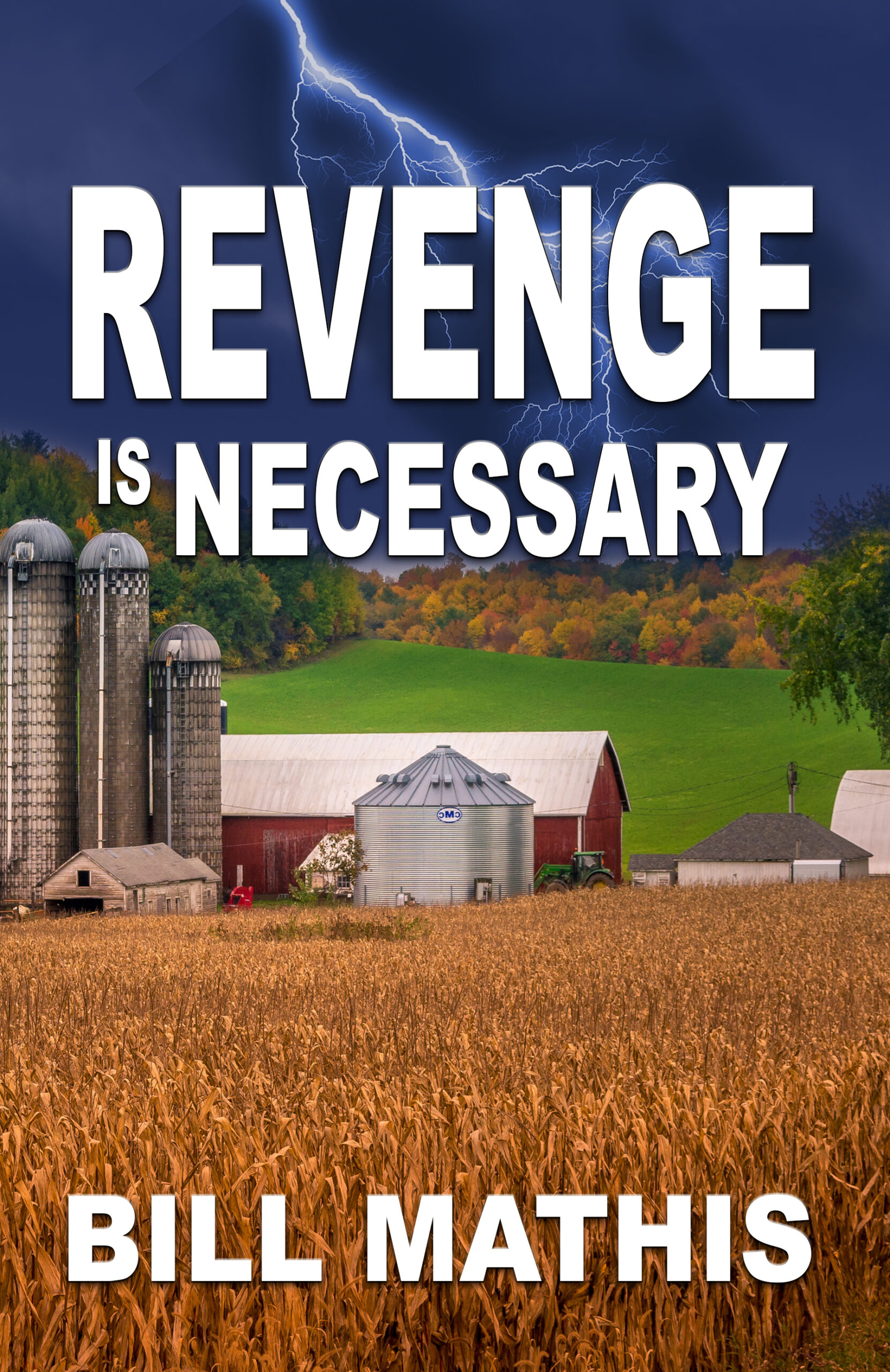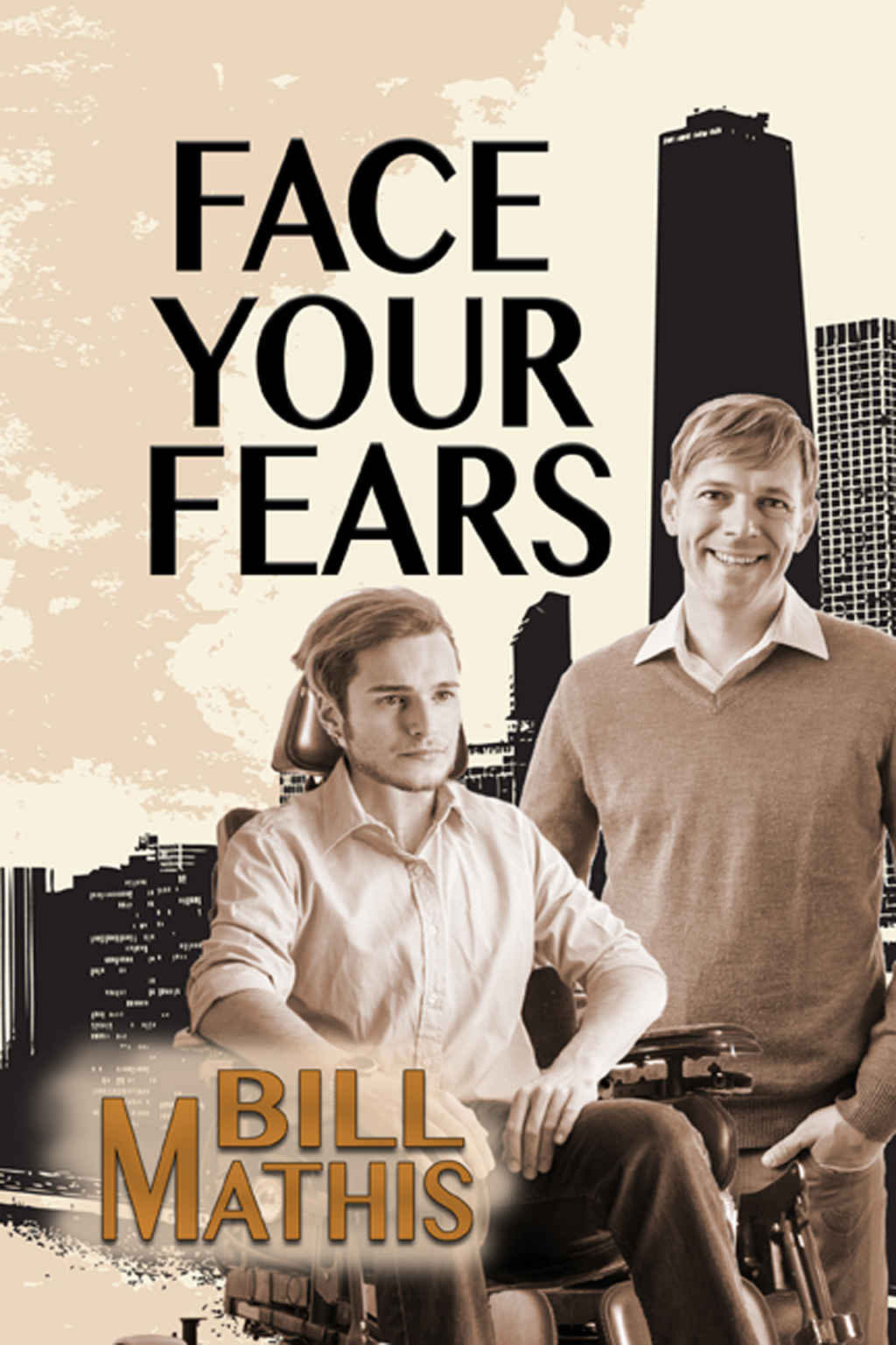Post 49: More of On The Road To Romania
Jewelry For The Wifes…
But what was all the other stuff for? I wondered if we were going to clothe the Hungarian border guards and their families next. By now, I couldn’t understand why we were taking, and giving,a car to Dr. G’s brother-in-law who was an established physician. Couldn’t he afford to purchase his own car?
I had more questions, but it’s hard to ask them driving separate cars down an expressway at one hundred and ten kilometers per hour. Besides, I was beginning to suspect there was more to Dr. G than just a happy-go-lucky, generous doctor who pinned $18,000 in his suit pockets and bestowed gifts to helpful border crossing guards. I wasn’t worried about him being nefarious, but was becoming quite curious about him as a person. What made him tick? How did he know the ins and outs of border crossings? Why did he come to the States?
Forty-five minutes later, we crossed the Danube River near Bratislava and, for a while, drove close enough to the Austrian border to reach out and almost touch it. I could see the beautiful mountains in the background and remembered my times in the Alps near Innsbruck.
In a half hour, we approached the Hungarian border and I fell in behind Dr. G who again bypassed the manned lanes and parked near the guard’s office. He stuffed some more goodies—no clothes I noticed—into his pockets and strolled toward the door as if he was walking to a picnic.
Fifteen minutes later, he magnanimously bounced out, whistling a tune. “Beeal, these people so nice, I give them each a watch and some jewelry for their wifes!”
Welcome to Hungary, I thought. And onward we drove.
During one of our pre-trip conversations, I asked Dr. G about spending a day in Budapest. Taking a tour, eating there and seeing a few sights. My niece spent her senior year of high school there as an exchange student, which piqued my interest in the city. However, because we lost a day and a half in Prague due to the insurance situation, we wouldn’t be able to do so. Dusk was descending and I could see the city’s lights in the distance as I headed for the bypass around Budapest. While somewhat disappointed, I understood and was thankful we were able to see more of Prague than originally planned. We merged onto E75 and headed south. It was dark when we found a small town with an aging hotel and dimly lit restaurant.
More lightly rolling hills and lots of farm land greeted us the next morning as we headed southeast toward the border crossing betweenNagylak, Hungary and Nădlac, Romania. Rich, black fields stretched out around us. I began to see people in the fields, frequently women in long dresses and babushkas, hand digging late fall produce, probably potatoes and other root vegetables.
Occasionally, then with increasing frequency, I noticed tractors sitting in the fields, frozen in place, covered in rust. Horses and wagons moved slowly across the fields or down narrow rutted roads. I wondered why, in 1999, women and men were still working the fields by hand. What happened? Why were tractors rusting in place, still sitting where they broke down? Why were they never repaired? I was somewhat conscious of how stagnated Eastern Europe was socially and economically, but these sights changed my vague understanding into a growing reality.
Next week: We Made It To Romania






